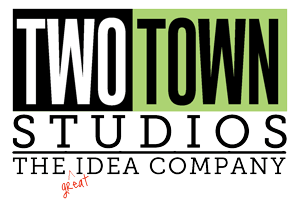So Where Did It Go?
You slaved over the Call for Design submission, did everything according to the guidelines and after you sent it in…nothing. You check back in a few weeks and still…nothing. Two months later you check again and are told your designs were not selected, and no, they don’t have any further feedback for you. It is an enormously frustrating but common occurrence in this business as we shift more and more towards a “spec” type of work model. Spend a little time on any of the illustration and graphic design forums and in very short order you will see this subject pop up. Spec work has always been the bane of the traditional designer’s work model – everybody hates it, many refuse to do it, some get angry just talking about it.
If you want to be in the art licensing business, better get used to it.
The trick here is to understand why so much of art licensing is done this way. First, let’s acknowledge that not every company operates under this model, but a pretty fair number do, and a majority of the mass market suppliers will use this method for sourcing. The reason is that, particularly in mass, the retailers are now calling the shots at the manufacturing level. In reality they always have, but not quite so directly – many projects won’t go forward anymore without an actual order from a retailer in hand. The suppliers get these orders by presenting the designs they have collected to the retailers for review, often in a sort of “cattle call” of their own where they compete with other suppliers for the same order. (During these calls we have to monitor who was sent what to avoid having our artwork presented to the same retailer by more than one client – a potentially ugly situation that can easily cost you a customer.) The designs that are presented go through a variety of reviews, sometimes even focus groups, and then weeks or months later the retailer makes their selection.
The second trick is to recognize that this is partly a numbers game. The more times you submit to these calls the more likely the odds are that you will get something (making the assumption of course that your designs are well executed and appropriate subjects). We have artists that hit most every call for design, and some that rarely submit – and I’m sure you can guess who gets the work. Also, the larger your portfolio the easier it is to tailor a submission for the particular request, so again – that numbers game.
The consolation prize is that every new submission design can become a new portfolio piece – maybe not the desired result but definitely another step toward success.
At least that’s what we’ve been telling our artists….
